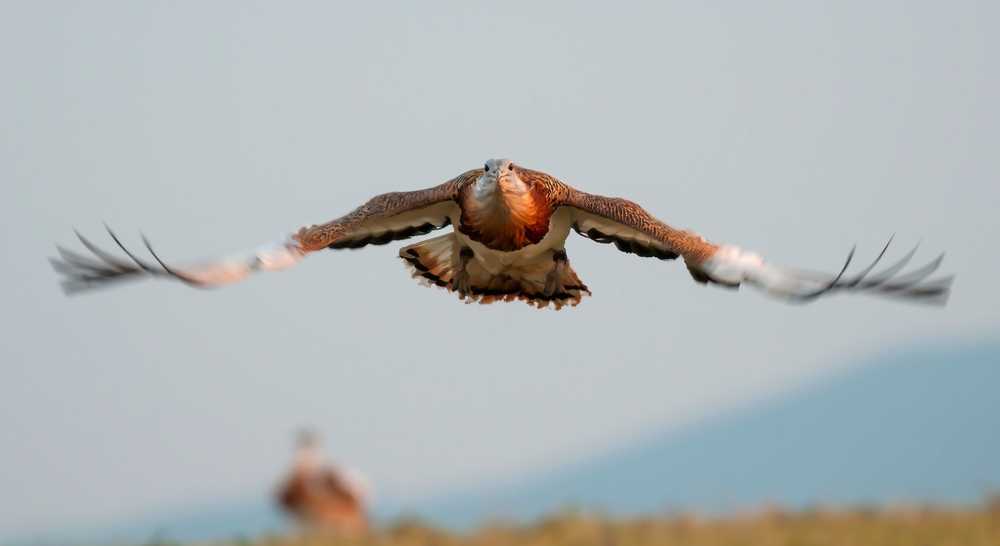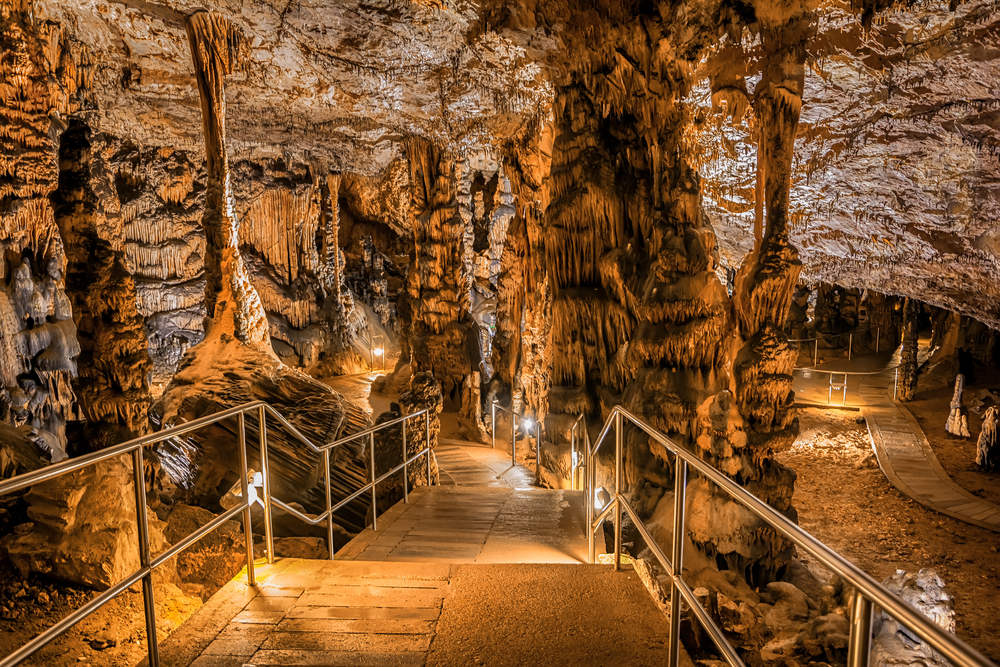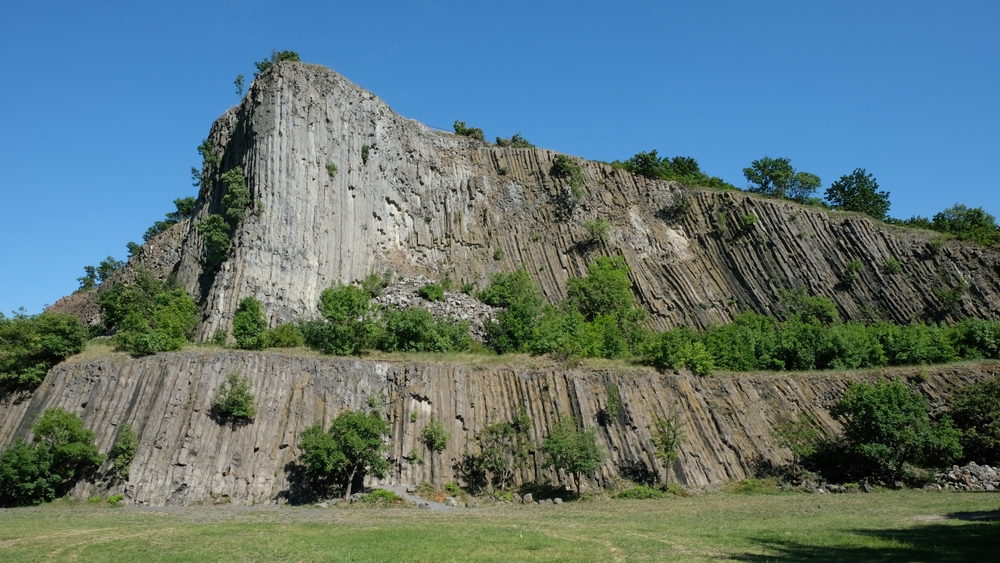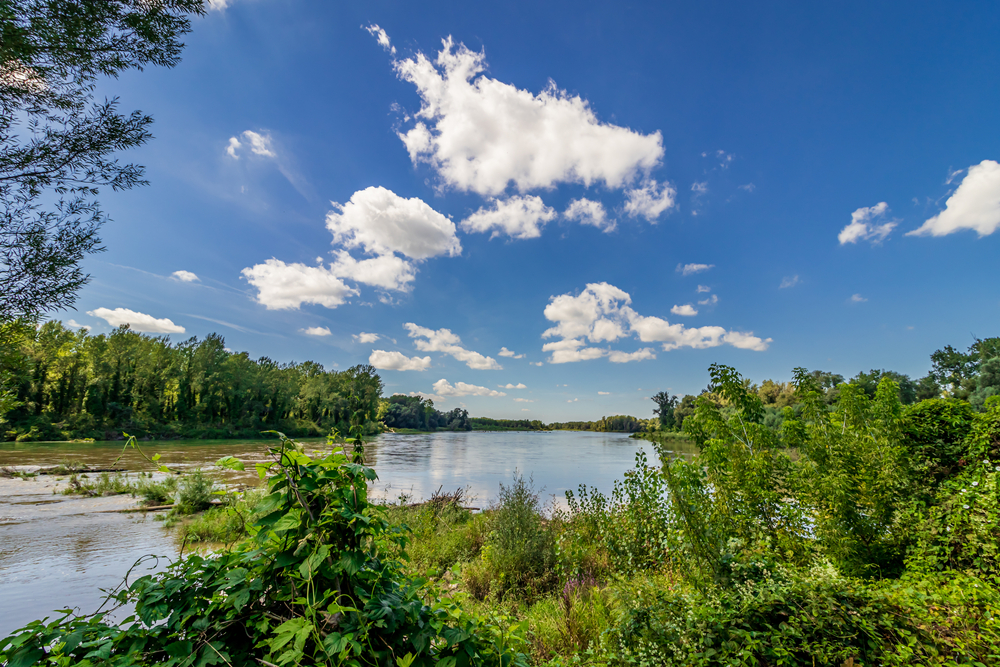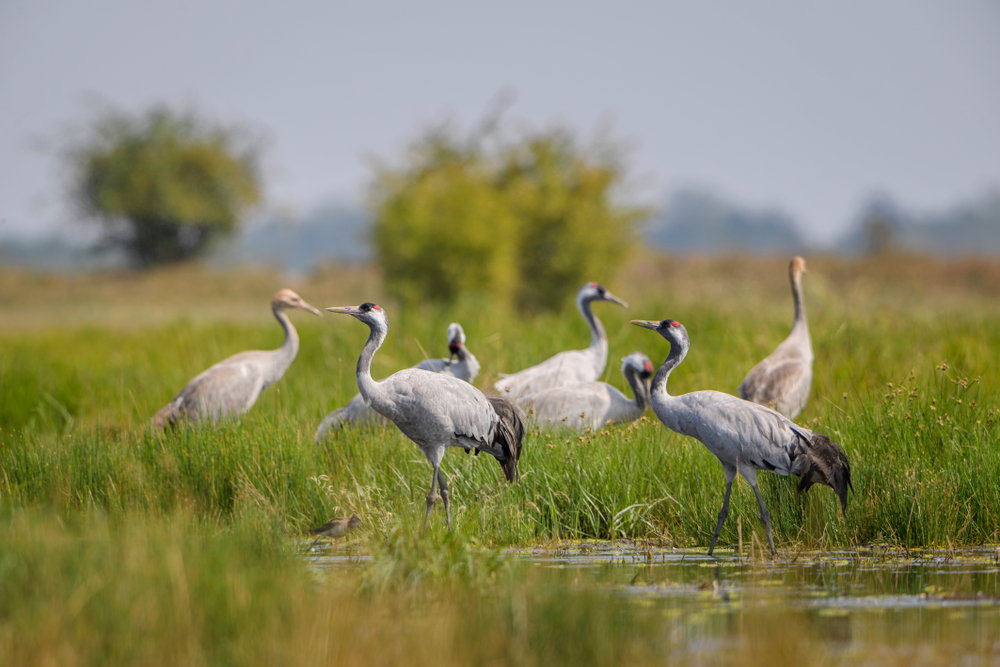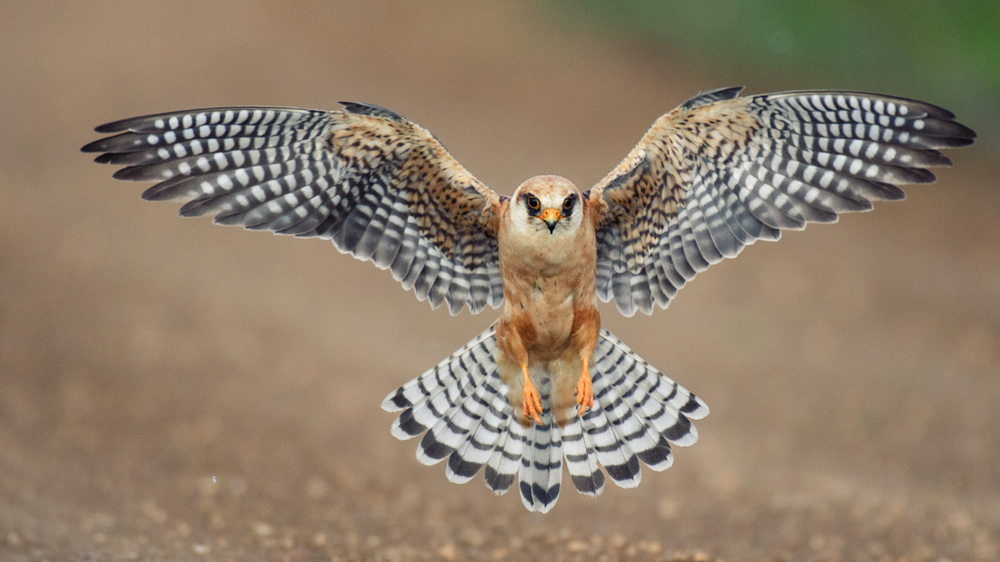Körös-Maros Overview
Körös-Maros National Park, or Körös-Maros Nemzeti Park in Hungarian, is located in southeastern Hungary, covering approximately 501 square miles (1,297 square kilometers).
Established in 1997, the park spans the Great Hungarian Plain, encompassing the floodplains of the Körös and Maros Rivers. It is a key region for Hungary’s steppe and wetland ecosystems, offering a diverse array of landscapes, including vast grasslands, marshes, oxbow lakes, and riverine forests.
The park also features areas of sandy and loess soil, supporting a variety of plant species adapted to the region’s semi-arid conditions. Seasonal flooding shapes much of the terrain, creating unique wetland habitats that are essential for the survival of numerous species. The most significant natural feature is the alkaline steppe, or puszta, a defining characteristic of the region.
The park is home to a remarkable variety of wildlife, with a particular emphasis on bird species, making it a key destination for ornithologists. It is a crucial nesting and migration stopover site, especially for rare and endangered birds such as the great bustard, one of Europe’s heaviest flying birds.
Other notable avian species include the black stork, saker falcon, red-footed falcon, and various herons and egrets. The park’s wetlands attract large flocks of migratory birds, including geese and cranes, which use the area as a resting place during their seasonal journeys.
The region also supports diverse mammal species, such as European roe deer, wild boars, European hares, and the elusive European otter, which thrives in the park’s wetland environments. The unique ecosystem also sustains reptiles, amphibians, and a wealth of invertebrates, further enriching the park’s biodiversity.
One of the most popular features of Körös-Maros National Park is the Kardoskút White Lake, an internationally recognized Ramsar wetland that serves as a vital habitat for tens of thousands of migratory birds. During peak migration periods, the lake transforms into a spectacular bird-watching site, drawing nature enthusiasts and researchers alike.
The vast grasslands of the park are also a major attraction, particularly for those interested in Hungary’s steppe landscapes. The Csanádi puszta is another notable area within the park, preserving remnants of Hungary’s natural grasslands, which have largely disappeared due to agricultural expansion.
Visitors to the park have a variety of ways to experience its natural beauty. Birdwatching is one of the most rewarding activities, with observation towers and guided tours available to help visitors spot rare species. Hiking and cycling trails wind through the park, offering a chance to explore the diverse landscapes and encounter wildlife up close.
Educational programs and nature exhibitions provide insights into the park’s ecological significance, particularly at visitor centers such as the Körös Valley Visitor Centre. Seasonal events, such as bird-ringing demonstrations and wildlife monitoring activities, offer further opportunities for engagement.
Conservation is a central focus of Körös-Maros National Park, as it plays a critical role in protecting Hungary’s remaining steppe and wetland ecosystems. Efforts have been made to restore natural water regimes and combat habitat degradation caused by drainage and agricultural encroachment.
The park also implements measures to protect endangered species, particularly through breeding programs and habitat management strategies. Despite ongoing challenges such as land use pressures and climate change, the park has achieved significant successes in preserving key habitats and maintaining biodiversity, ensuring the long-term survival of its unique ecosystems.








































































